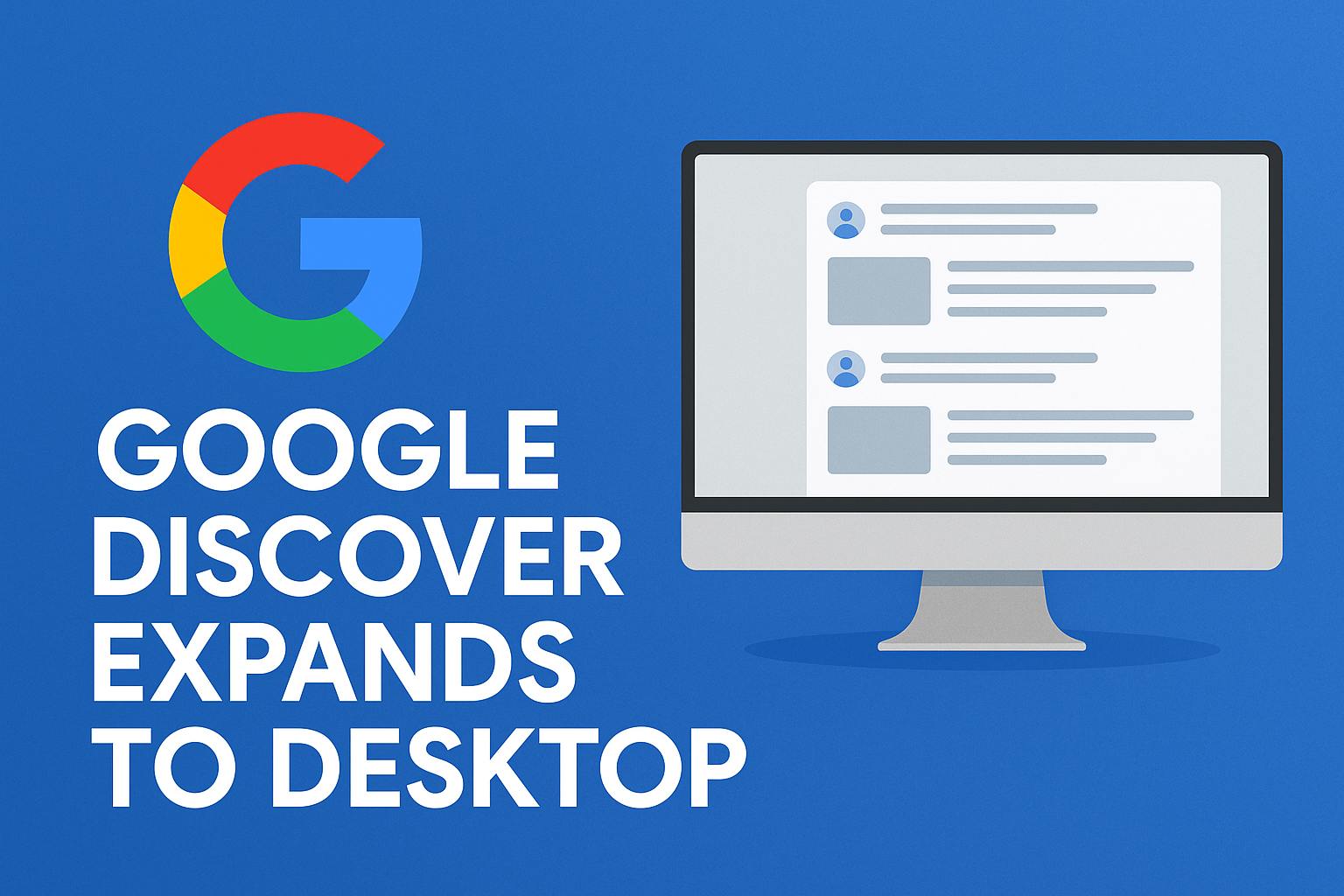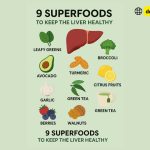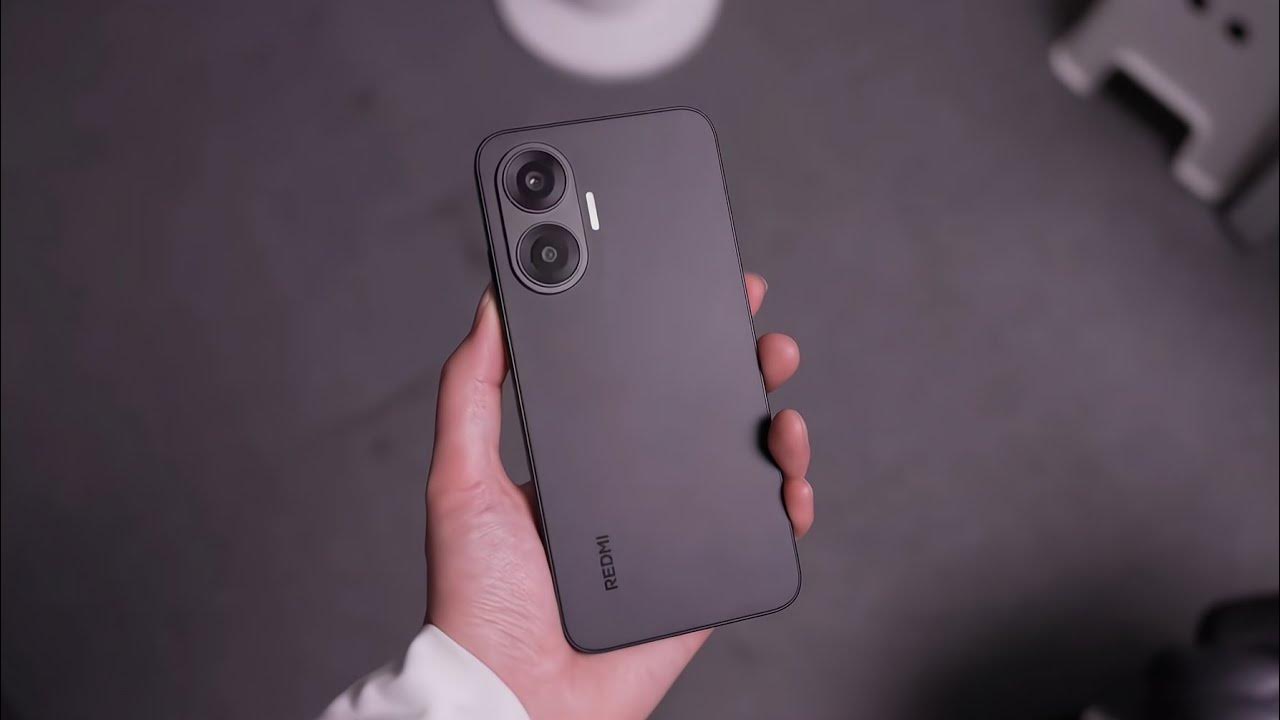Introduction
Google is evolving again — and this time, it’s bringing Google Discover to the desktop experience.
Previously exclusive to mobile devices, the personalized Discover feed will now also appear in the desktop version of Google Search, as confirmed by Google in April 2025.
This is a significant development, not just for users, but especially for publishers, bloggers, and digital marketers aiming to tap into Discover’s massive reach.
What Is Google Discover?
For those unfamiliar, Google Discover is a personalized news and content feed curated based on users’ search history, interests, location, and activity across Google services.
Instead of actively searching, users passively receive articles, videos, and updates that match their preferences — almost like a “Google News Feed.”
Until now, this feature was largely limited to:
-
Android home screens
-
Google App on iOS and Android
-
Chrome’s mobile New Tab Page
What’s Changing with Desktop Discover?
With the expansion to desktop, users will now:
-
See personalized content cards beneath the Google Search bar when they visit Google.com
-
Get access to a more visual and dynamic feed — including large images, video suggestions, and even local events
-
Experience multi-device continuity — what you view on mobile may influence what you see on desktop, and vice versa
Google is rolling this out gradually, starting with the U.S., India, and selected global markets, before broader international rollout.
What It Means for Publishers and Content Creators
1. Massive New Traffic Opportunity
Previously, Discover traffic was almost entirely mobile.
With desktop support, overall Discover impressions could increase by 30–50%, based on early tests.
If your site is well-optimized for mobile, now is the time to ensure your desktop UX is equally strong — fast loading, clean design, and image-rich content.
2. Focus on Quality Content (Again)
Google Discover doesn’t rely heavily on traditional SEO keywords.
Instead, it favors:
-
High-quality, original reporting
-
Evergreen topics
-
Fresh, trending news
-
Emotionally engaging stories
-
Strong authority signals (E-E-A-T: Expertise, Experience, Authority, Trust)
If your content checks these boxes, you stand a much better chance of being featured.
3. Visuals Matter More Than Ever
For Discover Desktop, Google will prioritize:
-
High-resolution images (minimum 1200px width)
-
Rich media previews
-
Strong, human-centered headlines (not clickbait)
If your article doesn’t have compelling visuals, your chances to feature will dramatically drop.
What Should Publishers Do Next?
-
Optimize Images: Ensure every featured article has clean, crisp, large visuals.
-
Strengthen E-E-A-T: Improve author bios, reference trusted sources, showcase experience.
-
Diversify Content: Produce a mix of trending news, how-tos, lists, and deep analysis pieces.
-
Monitor Discover Traffic: Track separately in Google Search Console (Discover → Performance).
Conclusion
The arrival of Google Discover on Desktop isn’t just a minor update — it’s a major evolution in how audiences will consume personalized content across devices.
For users, it means easier, richer access to the content they love.
For publishers, it opens up a huge new front for organic visibility, but only if you prioritize quality, relevance, and user experience.
Those who adapt quickly could see Discover becoming a top 3 traffic source by the end of 2025.






